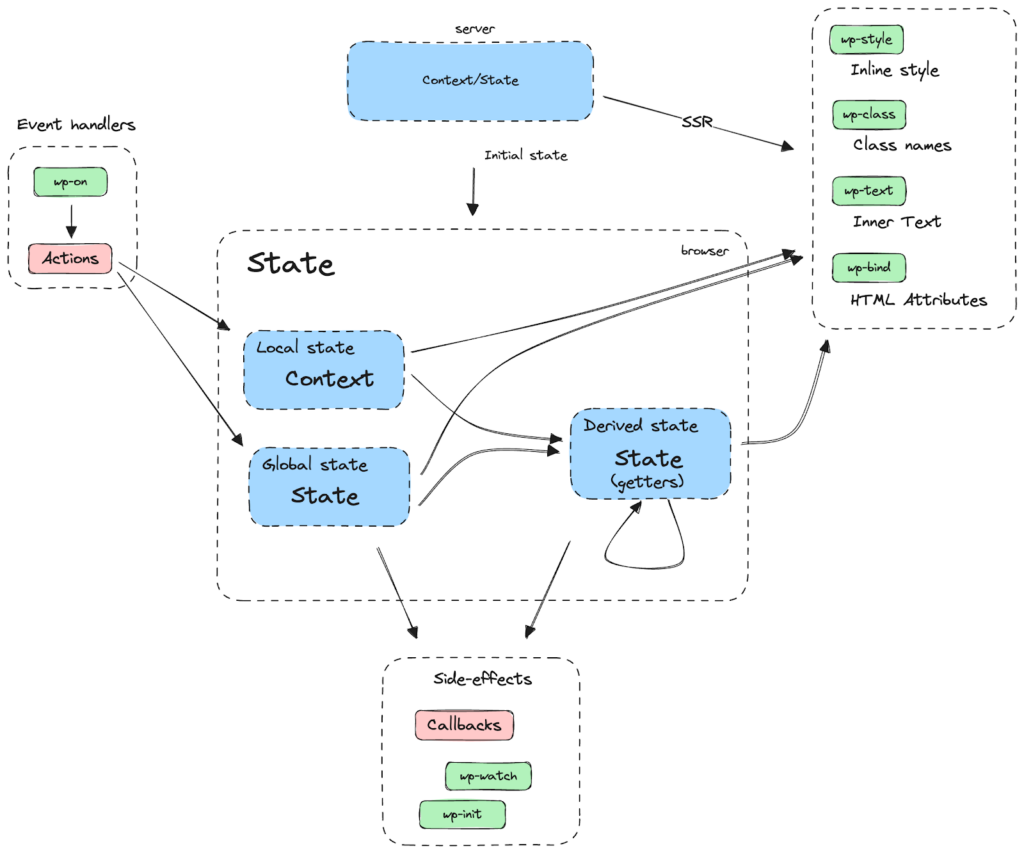Navigating rate setting as a freelance web developer can be challenging, but it’s crucial to ensure you’re fairly compensated for your skills and expertise. Here’s how you can approach setting your rates with confidence and clarity.
Understanding Your Value
- Assess Your Skills and Expertise: Start by evaluating the level of your technical skills, experience, and industry knowledge. Are you proficient in multiple programming languages, frameworks, or have specialized skills like e-commerce or SEO optimization?
- Compare with Industry Standards: Research the average rates for freelance web developers with similar skills and experience. This gives you a baseline to understand where you stand in the market.
- Consider Your Unique Selling Points (USP): Identify what sets you apart from other developers. Do you have a unique approach to problem-solving, or perhaps a particular niche expertise? Your USP can justify a higher rate.
Researching Market Rates
- Explore Different Pricing Models: Understand the various pricing models available:
- Hourly Rate: Best for tasks with an unclear scope or duration.
- Project-Based Rate: Ideal for clearly defined projects with specific deliverables.
- Retainer Model: Regular, ongoing work for a set number of hours or deliverables each month.
- Use Online Tools: Platforms like Glassdoor, Upwork, and Freelancers Union offer insights into current freelance rates. Use these tools to gauge what others in your field are charging.
- Consider Regional Differences: Be aware that rates can vary significantly based on geographic location. Adjust your rates according to your target market’s cost of living and economic conditions.
Factors Influencing Your Rate
- Experience Level:
- Beginner: Lower rates but potential for rapid growth as you gain experience.
- Intermediate: Competitive rates reflecting a solid portfolio and client base.
- Expert: Premium rates for specialized skills, advanced knowledge, and a proven track record.
- Project Complexity: Complex projects that require advanced technical skills or more time should command higher rates.
- Client Budget and Expectations: Understand the client’s budget and expectations before setting your rate. This can help you decide whether to adjust your rate or pass on the project.
- Project Timeline and Deadlines: Tight deadlines may require a rush fee or higher rate to compensate for the extra effort and time.
Communicating Your Value to Clients
- Create a Compelling Pitch: Your pitch should highlight your expertise, past successes, and how you can meet the client’s specific needs. Personalize it to show that you’ve done your research on their business.
- Showcase Your Portfolio Effectively: Display your best work, focusing on projects that align with the client’s needs. Include detailed descriptions of your role, the technologies you used, and the results you achieved.
- Leverage Testimonials and Case Studies: Client testimonials and case studies provide social proof of your abilities. Highlight positive feedback and successful outcomes to justify your rate.
Offering Packages and Bundled Services
- Benefits of Service Packages: Offering packages can simplify the decision-making process for clients and increase the perceived value of your services. For example, a basic package could include a simple website, while a premium package might offer additional features like SEO and ongoing maintenance.
- Bundle Services to Add Value: Combine complementary services, such as web development and graphic design, to create attractive bundles that can command higher rates. Bundling can also help you stand out from competitors.
- Examples of Effective Packages: Consider offering packages like:
- Starter Website Package: Ideal for small businesses, includes a basic website with up to five pages.
- E-commerce Package: Includes a fully functional online store with payment gateway integration.
- Website Maintenance Package: Ongoing support, updates, and security monitoring for a monthly fee.
Managing Client Expectations
- Set Clear Terms and Conditions: Outline the scope of work, deliverables, timelines, and payment terms in your contract. Clear terms help prevent misunderstandings and protect both you and the client.
- Define the Scope of Work: Be specific about what is included in the project and what is not. This will help you avoid scope creep and ensure that both parties have a clear understanding of the project.
- Handle Requests for Revisions: Specify the number of revisions included in your rate. If additional revisions are requested, communicate any extra costs clearly to the client.
Dealing with Scope Creep
- Identify Early Signs of Scope Creep: Scope creep often starts with small, seemingly insignificant requests. Stay alert to any changes in project requirements that weren’t originally agreed upon.
- Strategies to Manage and Mitigate Scope Creep:
- Document Everything: Keep a detailed record of all client requests and your responses.
- Communicate Clearly: Politely remind the client of the agreed-upon scope and explain how additional requests will impact the timeline and cost.
- Adjust Rates Accordingly: If the project scope changes significantly, renegotiate your rate to reflect the additional work required.
- Set Boundaries: It’s important to establish boundaries early in the project to prevent scope creep from becoming a major issue. Ensure that any changes to the project scope are formally agreed upon and documented.
Building Long-Term Client Relationships
- Trust and Transparency: Build trust with your clients by being transparent about your rates, project timelines, and the progress of the work. Trust is key to securing repeat business and long-term relationships.
- Offer Loyalty Discounts: Consider offering discounts or special rates for repeat clients. This can encourage long-term partnerships and ensure a steady stream of work.
- Maintain Regular Communication: Keep clients updated on the progress of their projects. Regular communication helps build rapport and makes clients feel valued, increasing the likelihood of ongoing work.
Leveraging Networking and Referrals
- Importance of Word-of-Mouth: Personal referrals are one of the most effective ways to attract high-paying clients. Satisfied clients are more likely to refer you to others, so always deliver quality work.
- Networking Strategies: Attend industry events, join online communities, and connect with other professionals in your field. Networking can lead to new opportunities and valuable partnerships.
- Build a Referral System: Consider setting up a referral program where you offer incentives, such as a discount or a bonus, to clients who refer new business to you.
Continuous Professional Development
- Invest in Your Skills: Regularly update your skills to stay competitive in the freelance web development market. This could include learning new programming languages, frameworks, or tools that are in high demand.
- Stay Updated with Industry Trends: The web development field is constantly evolving. Keep up with the latest trends and best practices by reading industry blogs, taking online courses, and attending webinars.
- Value of Certifications: Obtaining certifications in relevant technologies or methodologies can help you command higher rates and attract more clients by showcasing your expertise.
When and How to Raise Your Rates
- Signs It’s Time to Raise Your Rates:
- Your skill level has significantly improved since you set your last rate.
- You’ve consistently received positive feedback and have a strong portfolio.
- Your workload is consistently full, indicating that your services are in demand.
- Informing Clients About Rate Changes: When raising your rates, give existing clients ample notice. Explain the reasons for the increase, such as additional skills, higher demand, or increased costs.
- Managing Client Reactions: Be prepared for a range of reactions from clients. While some may accept the new rate without issue, others may negotiate or choose to end the partnership. Approach these conversations professionally and respectfully.
Navigating rate setting as a freelance web developer requires a strategic approach. By understanding your value, researching market rates, and effectively communicating with clients, you can ensure that you’re fairly compensated for your work. Continually develop your skills, manage client expectations, and don’t hesitate to raise your rates when the time is right. Remember, fair compensation is not just about covering your expenses—it’s about valuing your expertise and the unique solutions you provide.



